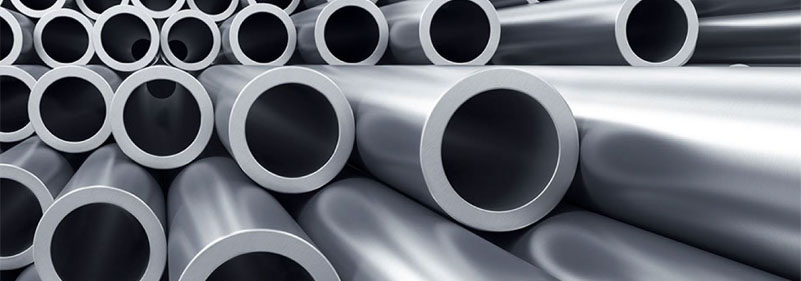How are all kinds of metals formed? More than a dozen ways to Know it (2)
How are all kinds of metals formed? Let's take a look at the other six ways
1. Machining
Machining: in the production process of parts, cutting off the thickness of excess metal layer on the blank directly with the cutter to meet the technical requirements of dimensional accuracy, shape and position mutual accuracy and surface quality required by the drawing.
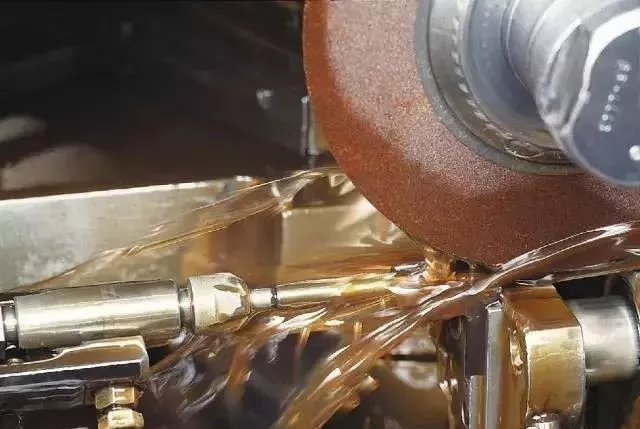
2. Welding
Welding: also known as fusion, fusion is a kind of manufacturing process and technology of joining metal or other thermoplastic materials such as plastics by heating, high temperature or high pressure.
Welding classification: fusion welding, pressure welding, brazing
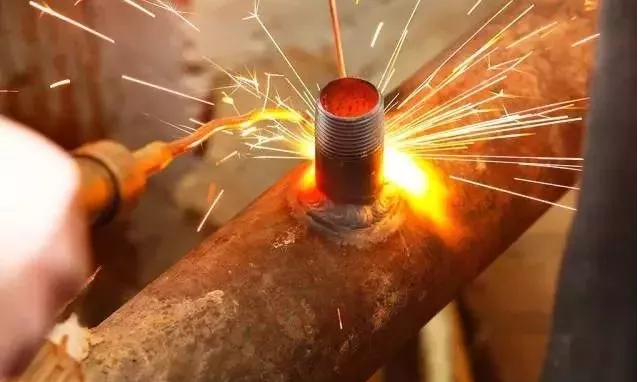
3. Powder Metallurgy
Powder metallurgy: it is the technology of making metal or using metal powder (or the mixture of metal powder and non-metal powder) as raw material to make metal materials, composite materials and various types of products through forming and sintering.
Scope of application: powder metallurgy technology can be directly made into porous, semi dense or fully dense materials and products, such as oil bearing, gear, cam, guide rod, cutting tool, etc.
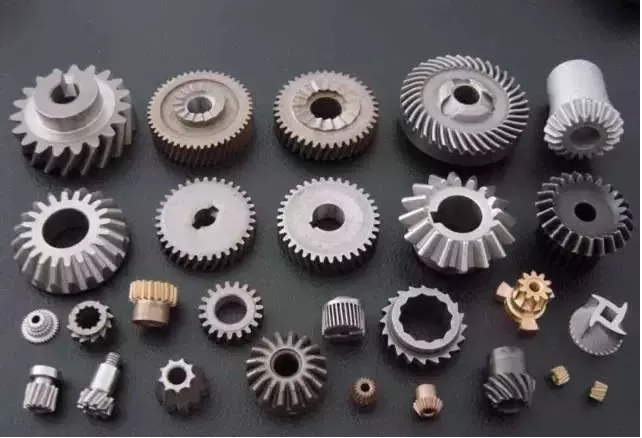
4. Metal Injection Molding
MIM (metal injection molding): short for metal injection molding. It is a molding method that the plasticized mixture of metal powder and its binder is injected into the model. It is to first mix the selected powder with binder, then granulation the mixture, and then injection molding the desired shape.
MIM process flow: it is divided into four unique processing steps (mixing, forming, degreasing and sintering) to realize the production of parts, and determines whether surface treatment is needed according to the product characteristics.
Technical features:
One time forming is responsible for parts
Good surface quality, low scrap rate, high production efficiency, easy to realize automation
Low requirement for die material
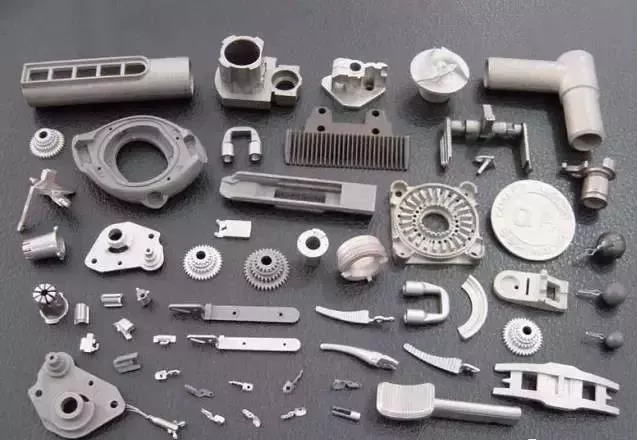
5. Semi Solid Metal Forming
Semi solid forming: the unique rheological and stirring properties of semi-solid metals (SSM) are used to control the quality of castings.
Technical features:
Reduce liquid forming defects, significantly improve quality and reliability
The forming temperature is lower than that of all liquid forming, which greatly reduces the thermal impact on the mold
It can produce alloys that cannot be produced by conventional liquid forming methods§
Application: it has been successfully used in the manufacture of master cylinder, steering system parts, rocker arm, engine piston, wheel hub, transmission system parts, fuel system parts, air conditioning parts and other aspects of aviation, electronics and consumer goods.
6.3D Printing
3D printing: it is a kind of rapid prototyping technology. It is a technology based on digital model file, using powder metal or plastic and other adhesive materials to construct objects by layer printing.

 English
English 中 文
中 文 Español
Español Português
Português Deutsch
Deutsch Türk
Türk Pусский
Pусский عربي
عربي 한국인
한국인 日本語
日本語